Commonly known as Mendocino or leafy reed grass, Calamagrostis foliosa is usually described as having blue-green or gray-green leaves with seasonal tints of purplish red, but that’s not how it presents itself in my garden.
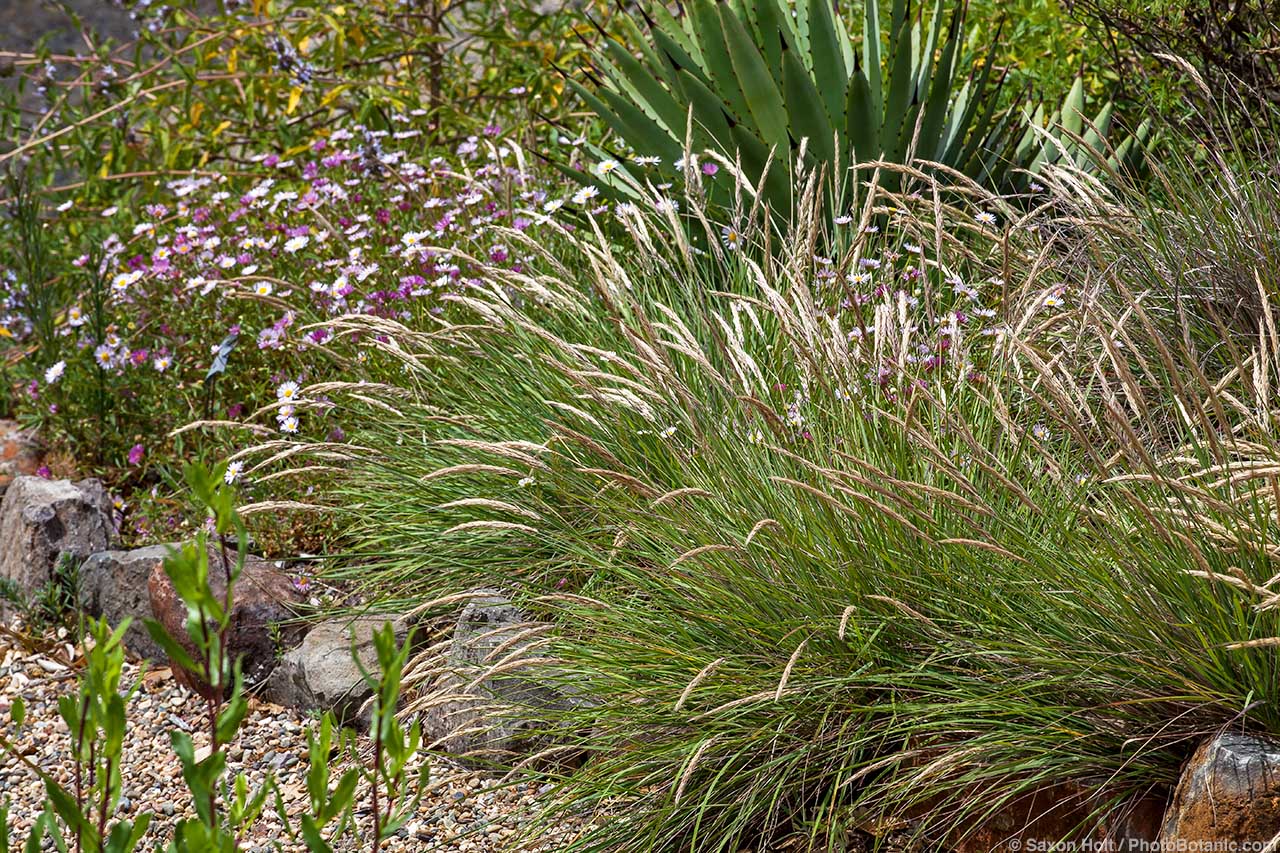
Calamagrostis foliosa flowering in California garden
This cool-season bunchgrass is worth growing not for the color of its fine-textured leaves, which for me emerge a rather dull green and remain so throughout the seasons. I grow it for its manageable size, its pleasingly symmetrical form, and the improbably long-lasting, greenish white flowers that remain neatly arrayed on arching stems as they age to tawny beige. On top of all that, this grass is exceptionally well-behaved and stays pretty much where you put it.
A compact 12-18 inches tall and 18-24 inches wide, Mendocino reed grass is native to rocky outcrops along and near the northern California coast and does best in near-coastal gardens. Even slightly inland it prefers part shade or afternoon shade and occasional or even moderate summer water.
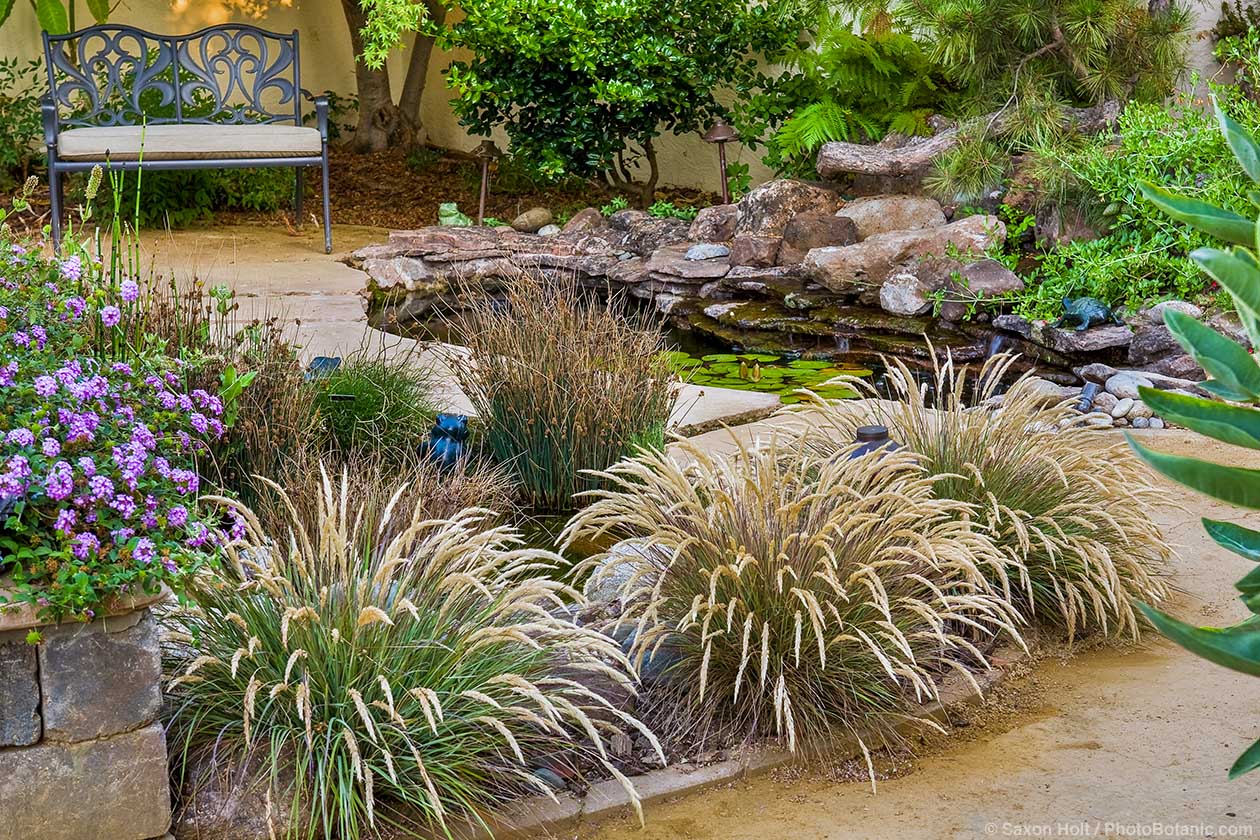
Calamagrostis foliosa fits nicely into small gardens
You will hear that this grass does not respond well to hard cutting back but can be refreshed by raking or combing with your fingers. I find it nearly impossible to remove dead leaves from the densely packed tufts with fingers or rake, but plants can be renewed by digging them up and separating the greenest sections for replanting. Plants also revive quite nicely from cutting back hard, but regrowth can be painfully slow so this is best done only every few years.


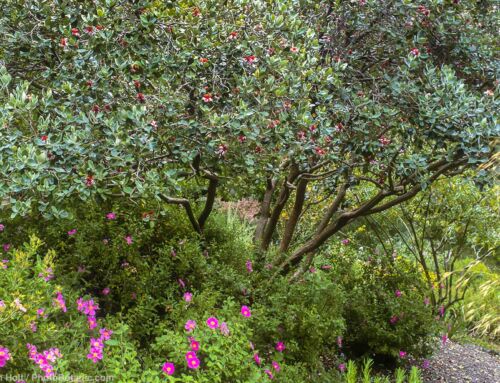
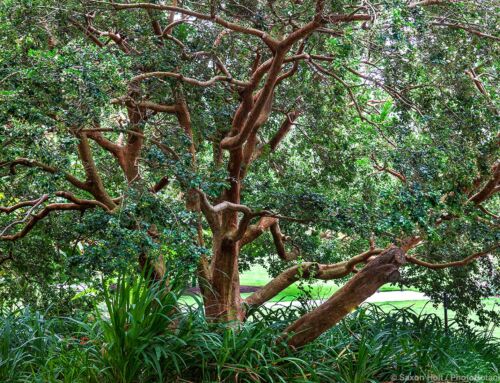
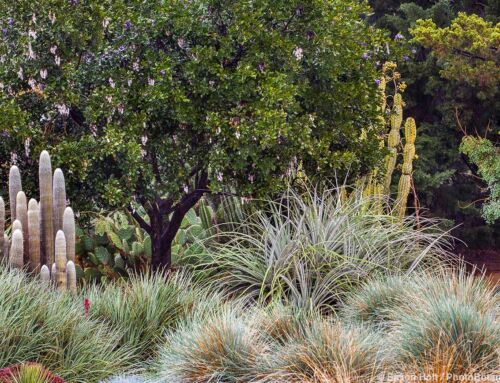
Leave A Comment